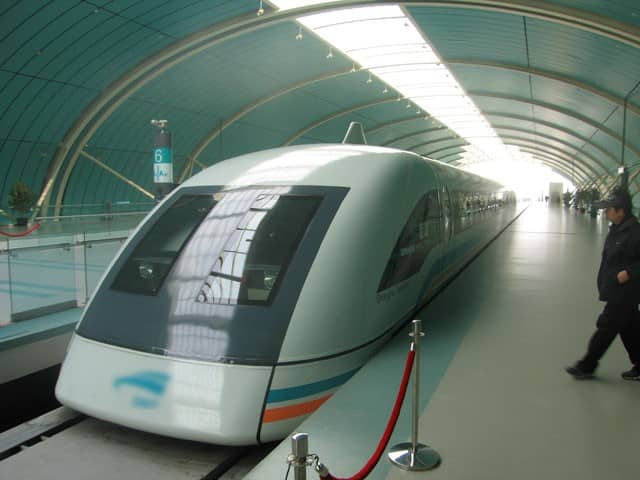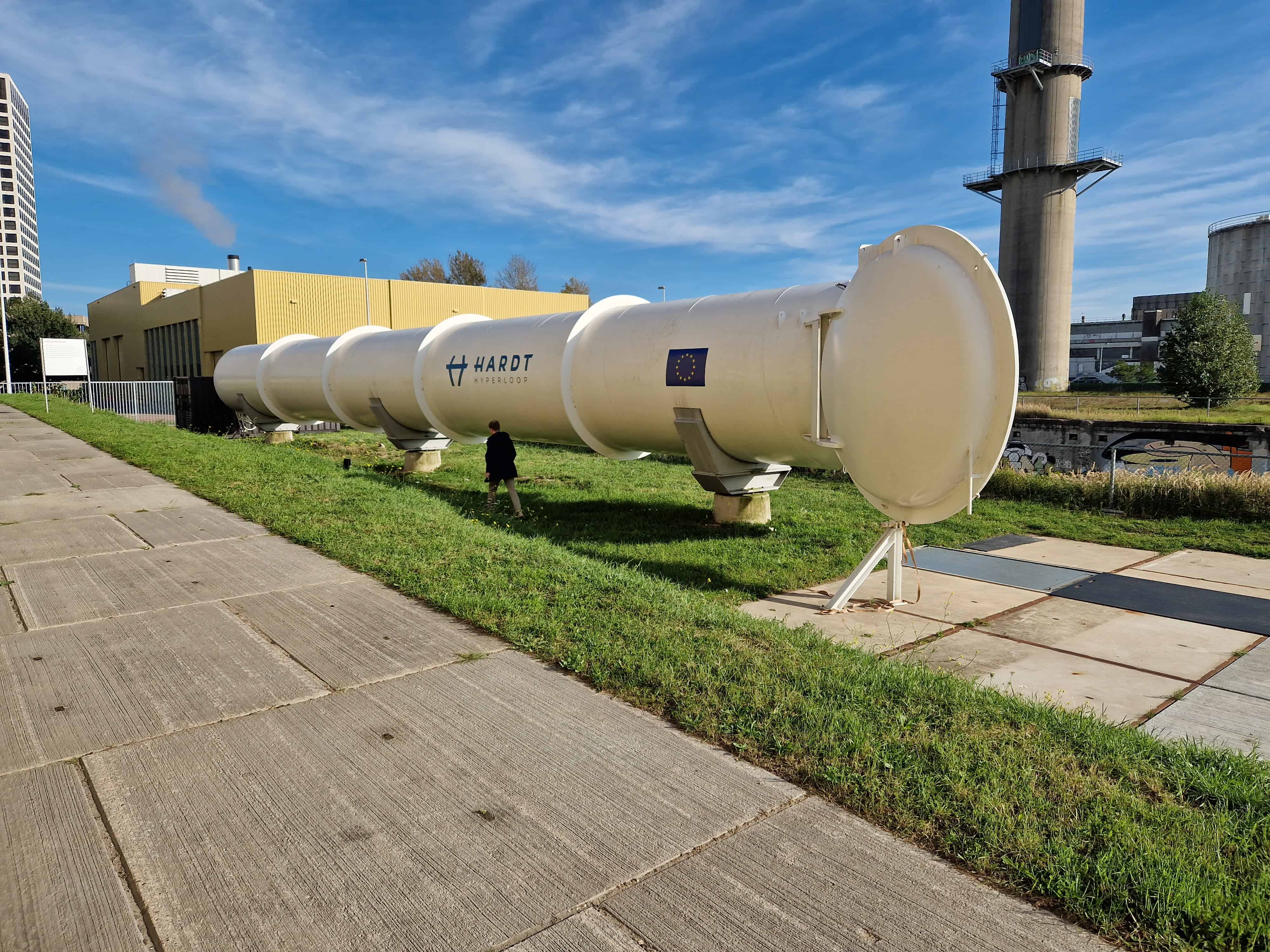
Superconducting materials would completely change our everyday lives. Applications such as electronic devices that consume hardly any electrical energy would be possible – just like floating high-speed trains could become a reality. Elon Musk’s (and others’) Hyperloop would also benefit from this.
Floating trains with extremely strong superconducting magnets could become a cheap and ultrafast means of transport, explains Professor Neven Barišić of the Institute of Solid State Physics at the TU Vienna. “Superconductors are perfect diamond magnets and would be the best technology to make a train float. But we are still struggling to find materials that could be easily and cheaply adapted to the technical requirements. Understanding high-temperature superconductors is certainly a step in the right direction and the Hyperloop project would greatly benefit from it.”
Neven Barišić is researching superconductors. Now he has published results that bring the production of superconducting material closer.
Superconductors
Conventional electronic systems are based on components such as cables and wires and these have a certain electrical resistance. However, there are also materials where this is not the case – at least at very low temperatures. These are so-called superconductors. These are materials whose electrical resistance drops abruptly to zero when the temperature falls below a critical level. Among other things, metals have this property.
To produce materials that remain conductive even at room temperature would be a scientific breakthrough. However, research in the field of so-called high-temperature superconductors is difficult because many quantum effects associated with superconductivity are not yet sufficiently understood.
Barišić: “There are some materials that show superconducting behaviour at temperatures close to absolute zero, and for some, we even understand why.” The real challenge is to understand superconductivity in cuprates where it persists at much higher temperatures.
Promising cuprates
The discovery of high-temperature superconductivity in cuprates is one of the most important scientific milestones of the last fifty years. Cuprates are chemical compounds that contain an anion containing copper and remain superconducting at normal pressure up to a temperature of 140 Kelvin (minus 133 degrees Celsius). But central questions regarding the complex phase diagram of these materials remain unanswered up to now.
Barišić sees a material that remains superconducting at room temperature as the holy grail of solid state physics. Now it has come closer to this. He discovered two fundamentally different electrical charge carriers in cuprates that are in a subtle interplay – and this interplay is crucial for superconductivity.
Some of the electrical charge carriers are immobile, while others are mobile.
- The immobile electrical charge carriers each sit on an atom and can only move away when the material is heated.
- The mobile electrical charge carriers can jump from one atom to another.
Superconductivity by pairing
The superconductivity is triggered by the moving electrical charge carriers. “There is an interaction between the moving and immobile electrical charge carriers that changes the energy of the system,” says Barišić. The immovable ones have an adhesive-like function and bind pairs of mobile ones to each other. This is how the so-called “Cooper pairs” are formed. Only after this pairing can the electrical charge carriers become superconducting and give the material the ability to transport without scattering and resistance.
Barišić and his research team conclude that the number of mobile and immobile charge carriers must be carefully balanced to obtain superconductivity. The relationship between ‘adhesive’ and electrical charge carriers to be paired must be balanced. An imbalance inevitably leads to the weakening or collapse of superconductivity. The central research problem was to find out how the influence of temperature or the doping of the material with other atoms affects the balance between mobile and immobile charge carriers.
Neven and his team carried out many different experiments with cuprates. From the large amounts of data, a comprehensive phenomenology of superconductivity in cuprates could be presented. Among other things, it could be shown that superconductivity can develop gradually. The knowledge gained by the researcher and his team helps to better understand cuprates and develop even better superconductors. Barišić thinks that the research results have taken several steps towards a better understanding of superconductors.
Further information on superconductors as diamond magnets can be found in the information literature on the Meißner effect.
Here you find the link to the original publication of Neven Barišić:
Original publication: Pelc et al., Science Advances 25, Vol. 5, no. 1 (2019)
Further recent publications by Neven Barišić:
Nature Communication volume 9, Article number: 4327 (2018)
npj Quantum Material volume 3, Article number: 42 (2018)
Photo above: Shanghai Transrapid (c) Yosemite Commonswiki






